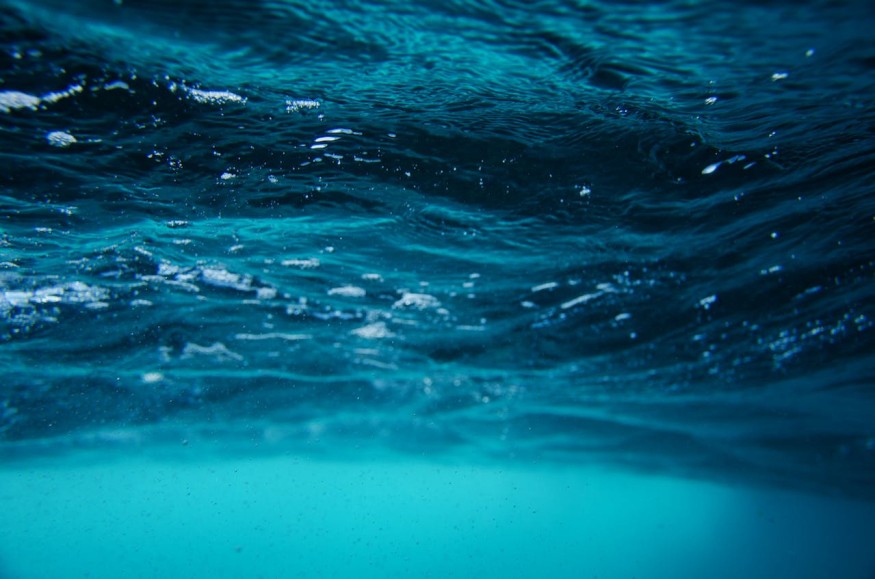
The ocean is known to be filled with salty water, but what exactly makes it salty?
Ocean Salinity Explained
The salt in the ocean has two primary sources, namely, seafloor openings and runoff from land.
Land rocks are the main contributors to the salt that dissolves in seawater. Due to the slight acidity of the rainwater that hits the land, rocks end up eroding. This results in ion releases that get carried into rivers and streams. These eventually arrive in the oceans.
Ocean organisms use a lot of dissolved ions. While others get removed from the waters, others stay. This leads to higher concentrations as time passes.
Hydrothermal fluids are another source of ocean salts. These fluids come from seafloor vents. Water in the ocean seeps into seafloor cracks and gets heated by magma from the core of the earth. This heat results in various chemical reactions. The water tends to lose sulfates, magnesium, and oxygen. It may also pick up metals, including copper, zinc, and iron, from the rocks that surround it.
The heated water then carries the metals as its gets released through seafloor vents. In fact, some salts in the ocean are from volcanic eruptions underwater. These events lead to the direct release of minerals into the ocean.
Moreover, salt domes could also affect ocean salinity. Such domes, which are vast salt deposits that form through geological timescales, can be found beneath the ground and seen all over the world. They are prevalent across the northwestern Gulf of Mexico's continental shelf.
In seawater, the two ions that are most prevalent are sodium and chloride. Together, they account for roughly 85% of the ocean's dissolved ions. Sulfate and magnesium account for another 10% of this total, while other kinds of ions come in tiny concentrations.
Salt concentrations in seawater could vary depending on precipitation, evaporation, and temperature. At the equator and poles, salinity is typically low. On the other hand, in mid-latitudes, the levels of salinity are high.
World's Saltiest Ocean
The world has five ocean basins, namely, the Arctic, Southern, Indian, Atlantic, and Pacific Ocean.
When it comes to salinity, the Atlantic Ocean tops the list. This is due to how salinity goes down close to the poles and equators. The heavy rainfall in tropics close to the equator lowers the salinity as freshwater enters the salty ocean.
The saltiest ocean water can be found in the Red Sea. Its salinity level reaches 40% because of the high evaporation rate in the region.
RELATED ARTICLE : Viruses in World's Oceans? These Extremely Odd Thriving Organisms May Shed Light on the Origin of Herpes
Check out more news and information on Environment & Climate in Science Times.
© 2025 ScienceTimes.com All rights reserved. Do not reproduce without permission. The window to the world of Science Times.











